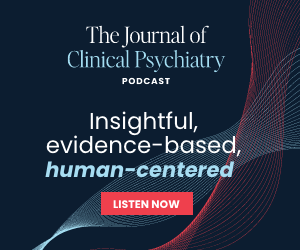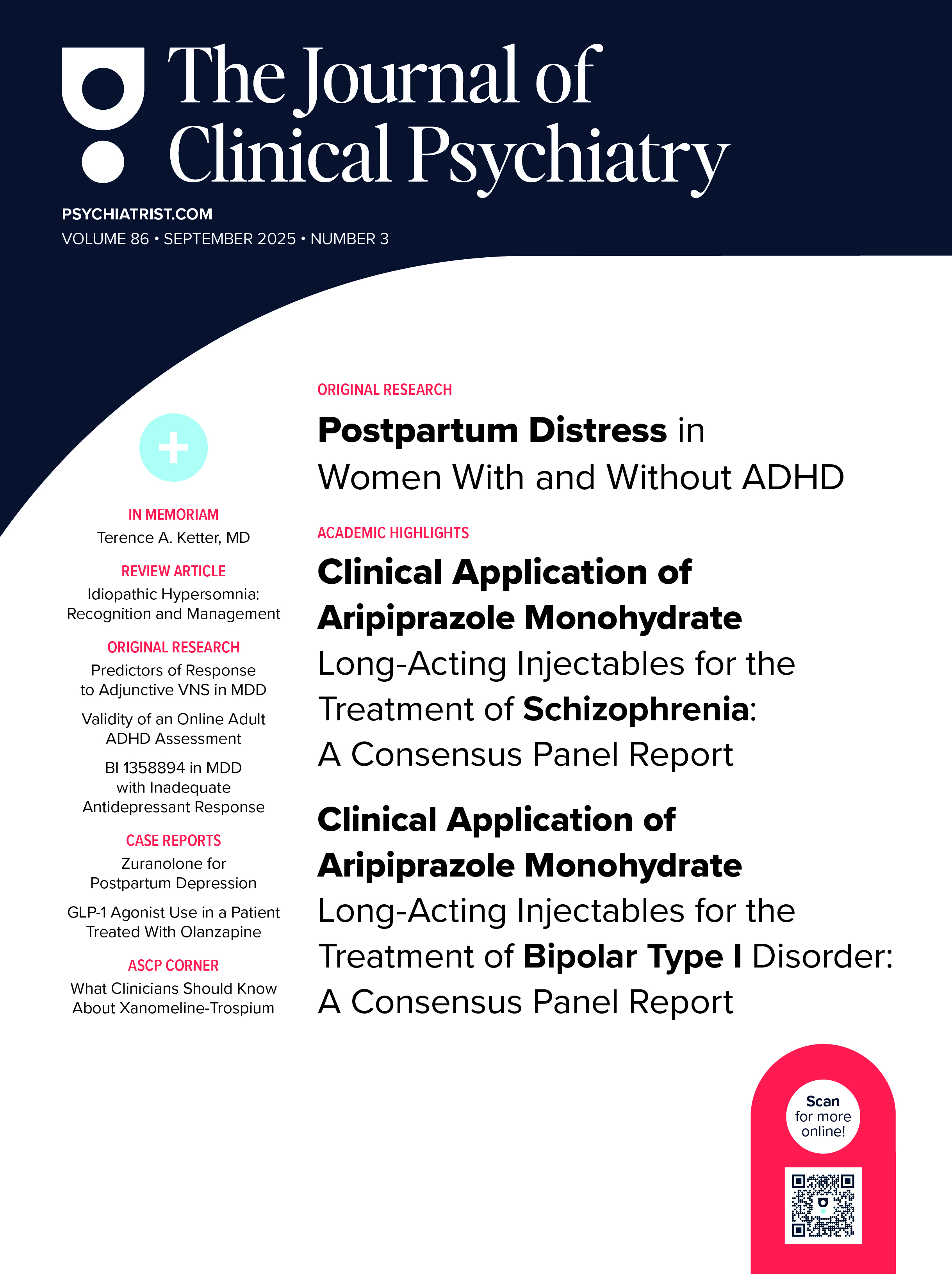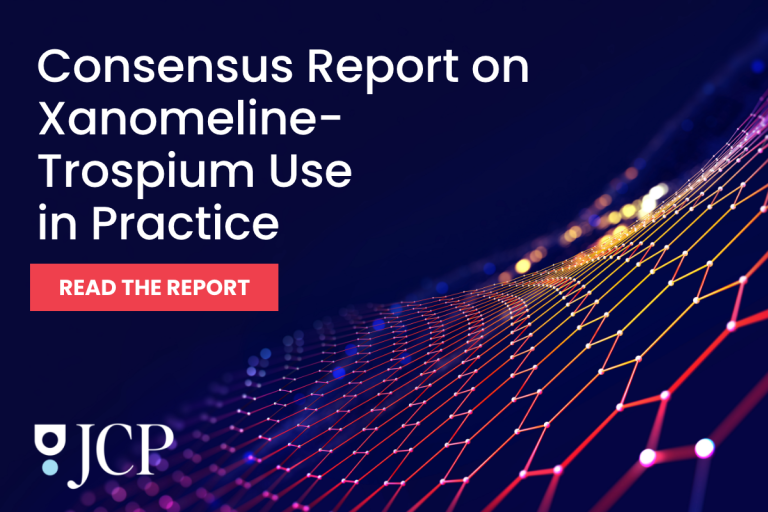ABSTRACT
Objective: This study aimed to estimate the survival probabilities related to the occurrence of major depressive episodes (MDEs) after the onset of substance use disorders (SUDs) using data from the 2012–2013 National Epidemiologic Survey on Alcohol and Related Conditions-III.
Methods: The Alcohol Use Disorder and Associated Disabilities Interview Schedule-5 was used to diagnose SUD, and psychiatric diagnoses were based on the Diagnostic and Statistical Manual of Mental Disorders, Fifth Edition. Individuals with incidents of various SUDs with no prior history of MDEs (n = 5,987 with alcohol use disorder [AUD], 1,353 with cannabis use disorder [CUD], 351 with opioid use disorder [OUD], 827 with stimulant use disorder [STUD], and 5,363 with nicotine use disorder [NUD]) were included. The survival probabilities of these groups were compared to those of a control group without an SUD (n = 20,034). Outcome measures included the number of years from the age at SUD onset until MDE occurrence or the time of the interview.
Results: The probabilities of experiencing MDEs after 1 year were 3.56%, 4.80%, 7.78%, 8.46%, and 5.31% for AUD, CUD, OUD, STUD, and NUD, respectively. The groups differed statistically significantly from each other and from the control group (P < .0001). Individuals with AUD and STUD, respectively, had a lower and higher probability of having an MDE compared to those with other SUDs. Young age, family history of depression, anxiety disorder presence, and failure to achieve full remission consistently predicted an MDE for all substances.
Conclusions: The findings highlight that users of all studied substances have an increased probability of having an MDE over the lifespan.
Members Only Content
This full article is available exclusively to Professional tier members. Subscribe now to unlock the HTML version and gain unlimited access to our entire library plus all PDFs. If you’re already a subscriber, please log in below to continue reading.
References (42)

- Conway KP, Compton W, Stinson FS, et al. Lifetime comorbidity of DSM-IV mood and anxiety disorders and specific drug use disorders: results from the National Epidemiologic Survey on Alcohol and Related Conditions. J Clin Psychiatry. 2006;67(2):247–257. PubMed CrossRef
- Boden JM, Fergusson DM. Alcohol and depression. Addiction. 2011;106(5):906–914. PubMed CrossRef
- Grant BF, Stinson FS, Dawson DA, et al. Prevalence and co-occurrence of substance use disorders and independent mood and anxiety disorders. Arch Gen Psychiatry. 2004;61(8):807–816. PubMed CrossRef
- Lejoyeux M, Lehert P. Alcohol-use disorders and depression: results from individual patient data meta-analysis of the acamprosate-controlled studies. Alcohol Alcohol. 2011;46(1):61–67. PubMed CrossRef
- Quello SB, Brady KT, Sonne SC. Mood disorders and substance use disorder: a complex comorbidity. Sci Pract Perspect. 2005;3(1):13–21. PubMed CrossRef
- Davis L, Uezato A, Newell JM, et al. Major depression and comorbid substance use disorders. Curr Opin Psychiatry. 2008;21(1):14–18. PubMed CrossRef
- Fergusson DM, Boden JM, Horwood LJ. Tests of causal links between alcohol abuse or dependence and major depression. Arch Gen Psychiatry. 2009;66(3):260–266. PubMed CrossRef
- Flensborg-Madsen T, Mortensen EL, Knop J, et al. Comorbidity and temporal ordering of alcohol use disorders and other psychiatric disorders: results from a Danish register-based study. Compr Psychiatry. 2009;50(4):307–314. PubMed CrossRef
- Gage SH, Hickman M, Heron J, et al. Associations of cannabis and cigarette use with depression and anxiety at age 18: findings from the Avon Longitudinal Study of Parents and Children. PLoS One. 2015;10(4):e0122896. PubMed CrossRef
- Anderson HO, Libby AM. Depression with and without comorbid substance dependence in a child welfare sample of young adults. Depress Res Treat. 2011;2011:475248. PubMed CrossRef
- Lander L, Howsare J, Byrne M. The impact of substance use disorders on families and children: from theory to practice. Soc Work Public Health. 2013;28(3–4):194–205. PubMed CrossRef
- Andrews SB, Normand J, Lempert RO, et al. Under the Influence? 48. Drugs and the American Work Force; 1995.
- Balsa AI, Giuliano LM, French MT. The effects of alcohol use on academic achievement in high school. Econ Educ Rev. 2011;30(1):1–15. PubMed CrossRef
- Volkow ND, Fowler JS, Wang G-J, et al. Dopamine in drug abuse and addiction: results of imaging studies and treatment implications. Arch Neurol. 2007;64(11):1575–1579. PubMed CrossRef
- Volkow ND, Koob GF, McLellan AT. Neurobiologic advances from the brain disease model of addiction. N Engl J Med. 2016;374(4):363–371. PubMed CrossRef
- Zakiniaeiz Y, Scheinost D, Seo D, et al. Cingulate cortex functional connectivity predicts future relapse in alcohol dependent individuals. Neuroimage Clin. 2016;13:181–187. PubMed CrossRef
- Miller AH, Maletic V, Raison CL. Inflammation and its discontents: the role of cytokines in the pathophysiology of major depression. Psiquiatr Biol. 2010;17(2):71–80. CrossRef
- Martinez P, Lien L, Zemore S, et al. Circulating cytokine levels are associated with symptoms of depression and anxiety among people with alcohol and drug use disorders. J Neuroimmunol. 2010;17(2):71–80. PubMed CrossRef
- Vargas HO, Nunes SOV, de Castro MRP, et al. Oxidative stress and inflammatory markers are associated with depression and nicotine dependence. Neurosci Lett. 2013;544:136–140. PubMed CrossRef
- Grant BF, Goldstein RB, Chou SP, et al. Sociodemographic and psychopathologic predictors of first incidence of DSM-IV substance use, mood and anxiety disorders: results from the Wave 2 National Epidemiologic Survey on Alcohol and Related Conditions. Mol Psychiatry. 2009;14(11):1051–1066. PubMed CrossRef
- Keyes KM, Allel K, Staudinger UM, et al. Alcohol Consumption Predicts Incidence of Depressive Episodes across 10 Years among Older Adults in 19 Countries. Vol. 148. 1st ed. Elsevier Inc.; 2019.
- Kenneson A, Funderburk JS, Maisto SA. Substance use disorders increase the odds of subsequent mood disorders. Drug Alcohol Depend. 2013;133(2):338–343. PubMed CrossRef
- Schoeler T, Theobald D, Pingault JB, et al. Developmental sensitivity to cannabis use patterns and risk for major depressive disorder in mid-life: findings from 40 years of follow-up. Psychol Med. 2018;48(13):2169–2176. PubMed CrossRef
- Grant BF, Saha TD, Ruan WJ, et al. Epidemiology of DSM-5 drug use disorder: results from the National Epidemiologic Survey on Alcohol and Related Conditions-III. JAMA Psychiatry. 2016;73(1):39–47. PubMed CrossRef
- Grant BF, Goldstein RB, Smith SM, et al. The Alcohol Use Disorder and Associated Disabilities Interview Schedule-5 (AUDADIS-5): reliability of substance use and psychiatric disorder modules in a general population sample. Drug Alcohol Depend. 2015;148:27–33. PubMed CrossRef
- Bernstein DP, Fink L, Handelsman L, et al. Initial reliability and validity of a new retrospective measure of child abuse and neglect. Am J Psychiatry. 1994;151(8):1132–1136. PubMed CrossRef
- Straus MA. Measuring intrafamily conflict and violence: the Conflict Tactics (CT) scales. J Marriage Fam. 1979;41(1):75–88. CrossRef
- Keyes KM, Eaton NR, Krueger RF, et al. Childhood maltreatment and the structure of common psychiatric disorders. Br J Psychiatry. 2012;200(2):107–115. PubMed CrossRef
- Allison PD. Event history and survival analysis. In: Hancock GR, Stapleton LM, Mueller RO, eds The Reviewer’s Guide to Quantitative Methods in the Social Sciences. New York, NY: Routledge; 2019.
- Peters AT, Shankman SA, Deckersbach T, et al. Predictors of first-episode unipolar major depression in individuals with and without sub-threshold depressive symptoms: a prospective, population-based study. Psychiatry Res. 2015;230(2):150–156. PubMed CrossRef
- Bittner A, Goodwin RD, Wittchen HU, et al. What characteristics of primary anxiety disorders predict subsequent major depressive disorder? J Clin Psychiatry. 2004;65(5):618–626, quiz 730. PubMed CrossRef
- Brooks JM, Petersen C, Kelly SM, et al. Likelihood of depressive symptoms in US older adults by prescribed opioid potency: National Health and Nutrition Examination Survey 2005–2013. Int J Geriatr Psychiatry. 2019;34(10):1481–1489. PubMed CrossRef
- Wang J, Patten SB. Prospective study of frequent heavy alcohol use and the risk of major depression in the Canadian general population. Depress Anxiety. 2002;15(1):42–45. PubMed CrossRef
- Langbehn DR, Philibert R, Caspers KM, et al. Association of a D2S2944 allele with depression specifically among those with substance abuse or antisocial personality. Drug Alcohol Depend. 2006;83(1):33–41. PubMed CrossRef
- Luo X, Kranzler HR, Zuo L, et al. CHRM2 gene predisposes to alcohol dependence, drug dependence and affective disorders: results from an extended case-control structured association study. Hum Mol Genet. 2005;14(16):2421–2434. PubMed CrossRef
- Wang JC, Hinrichs AL, Stock H, et al. Evidence of common and specific genetic effects: association of the muscarinic acetylcholine receptor M2 (CHRM2) gene with alcohol dependence and major depressive syndrome. Hum Mol Genet. 2004;13(17):1903–1911. PubMed CrossRef
- Fu Q, Heath AC, Bucholz KK, et al. Shared genetic risk of major depression, alcohol dependence, and marijuana dependence: contribution of antisocial personality disorder in men. Arch Gen Psychiatry. 2002;59(12):1125–1132. PubMed CrossRef
- Ducci F, Goldman D. The genetic basis of addictive disorders. Psychiatr Clin North Am. 2012;35(2):495–519. PubMed CrossRef
- Ducci F, Goldman D. The genetic basis of addictive disorders. Psychiatr Clin North Am. 2012;35(2):495–519. PubMed CrossRef
- Dakwar E, Nunes EV, Bisaga A, et al. A comparison of independent depression and substance-induced depression in cannabis-, cocaine-, and opioid-dependent treatment seekers. Am J Addict. 2011;20(5):441–446. PubMed CrossRef
- Boschloo L, Vogelzangs N, van den Brink W, et al. Alcohol use disorders and the course of depressive and anxiety disorders. Br J Psychiatry. 2012;200(6):476–484. PubMed CrossRef
- Jaffee WB, Griffin ML, Gallop R, et al. Depression precipitated by alcohol use in patients with co-occurring bipolar and substance use disorders. J Clin Psychiatry. 2009;70(2):171–176. PubMed CrossRef





